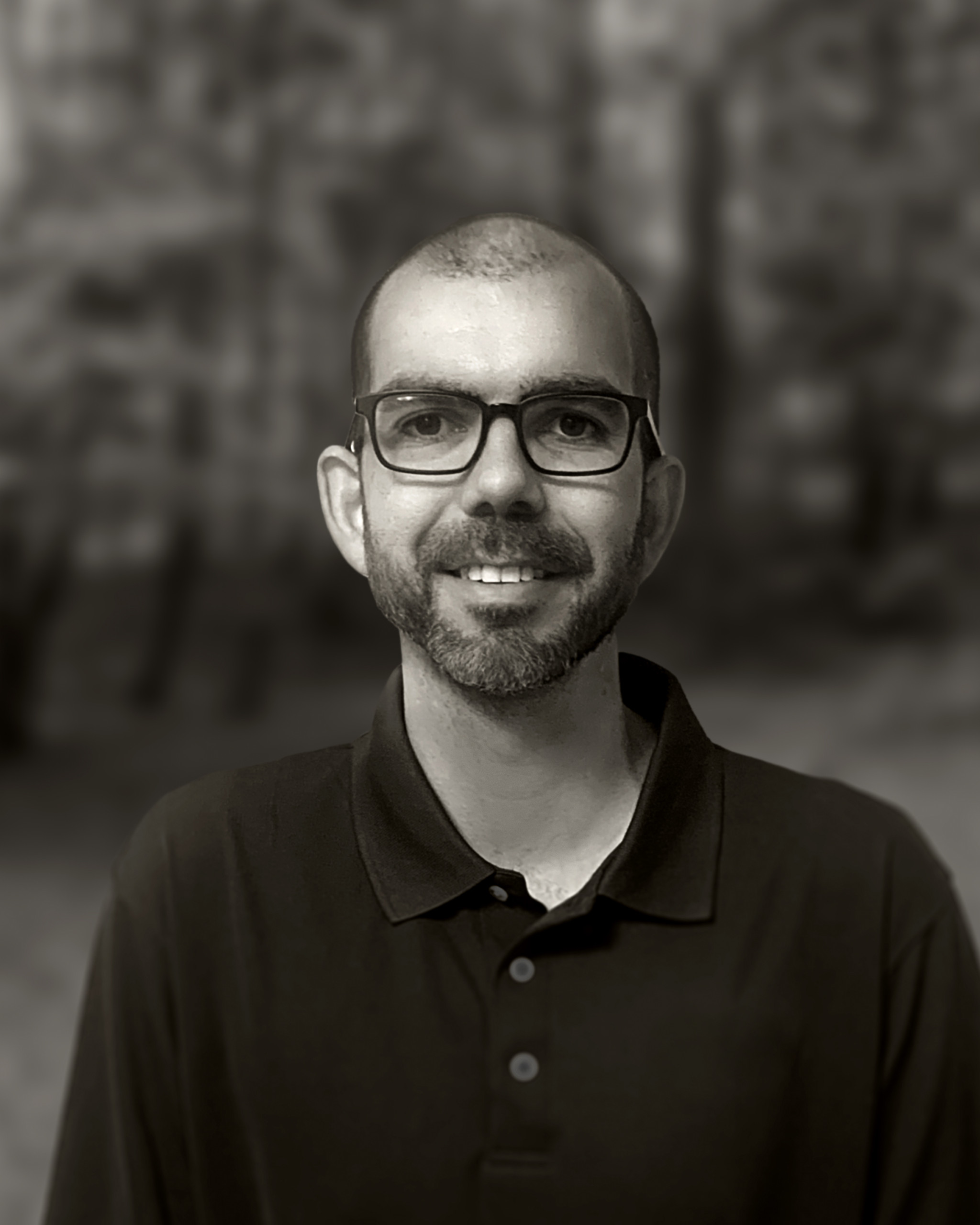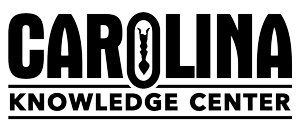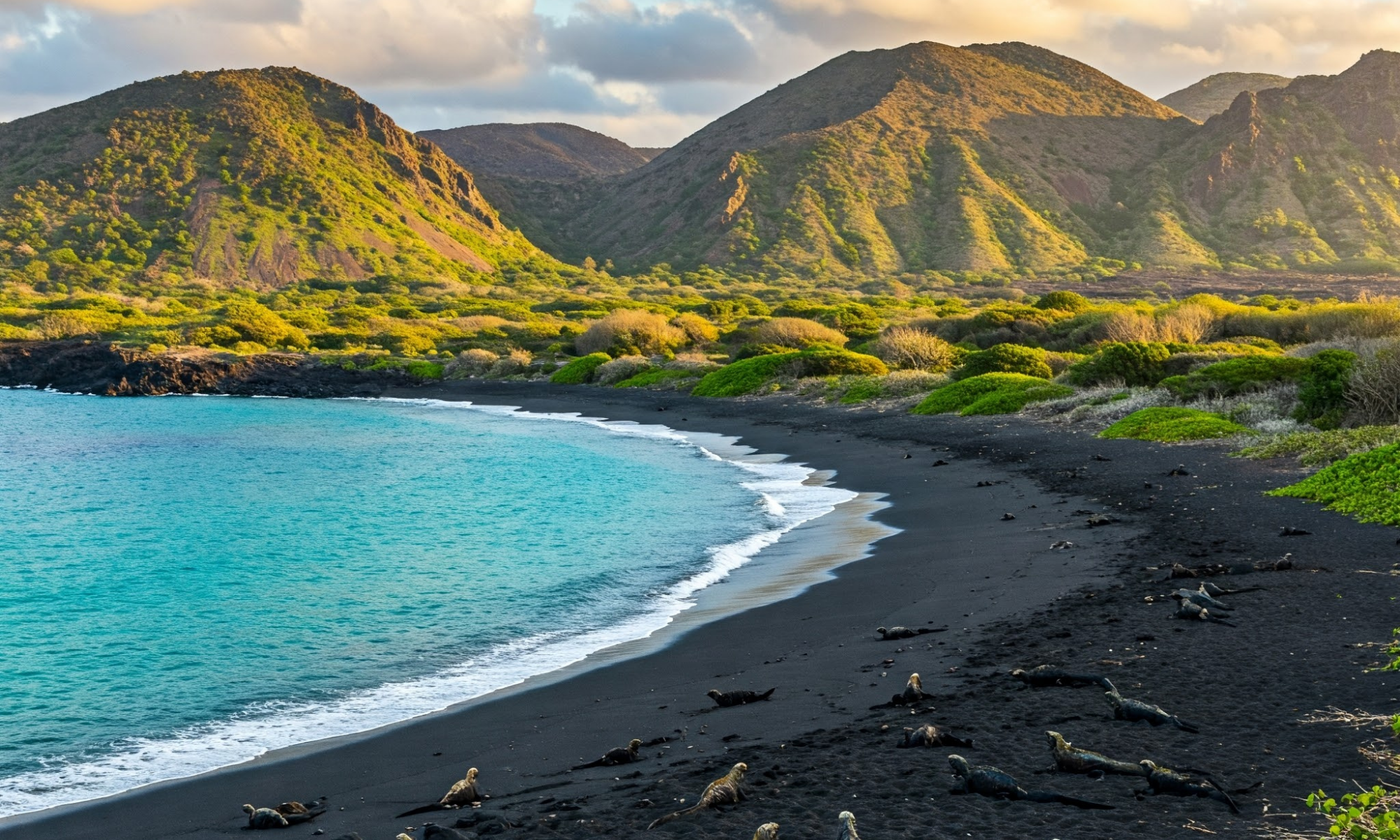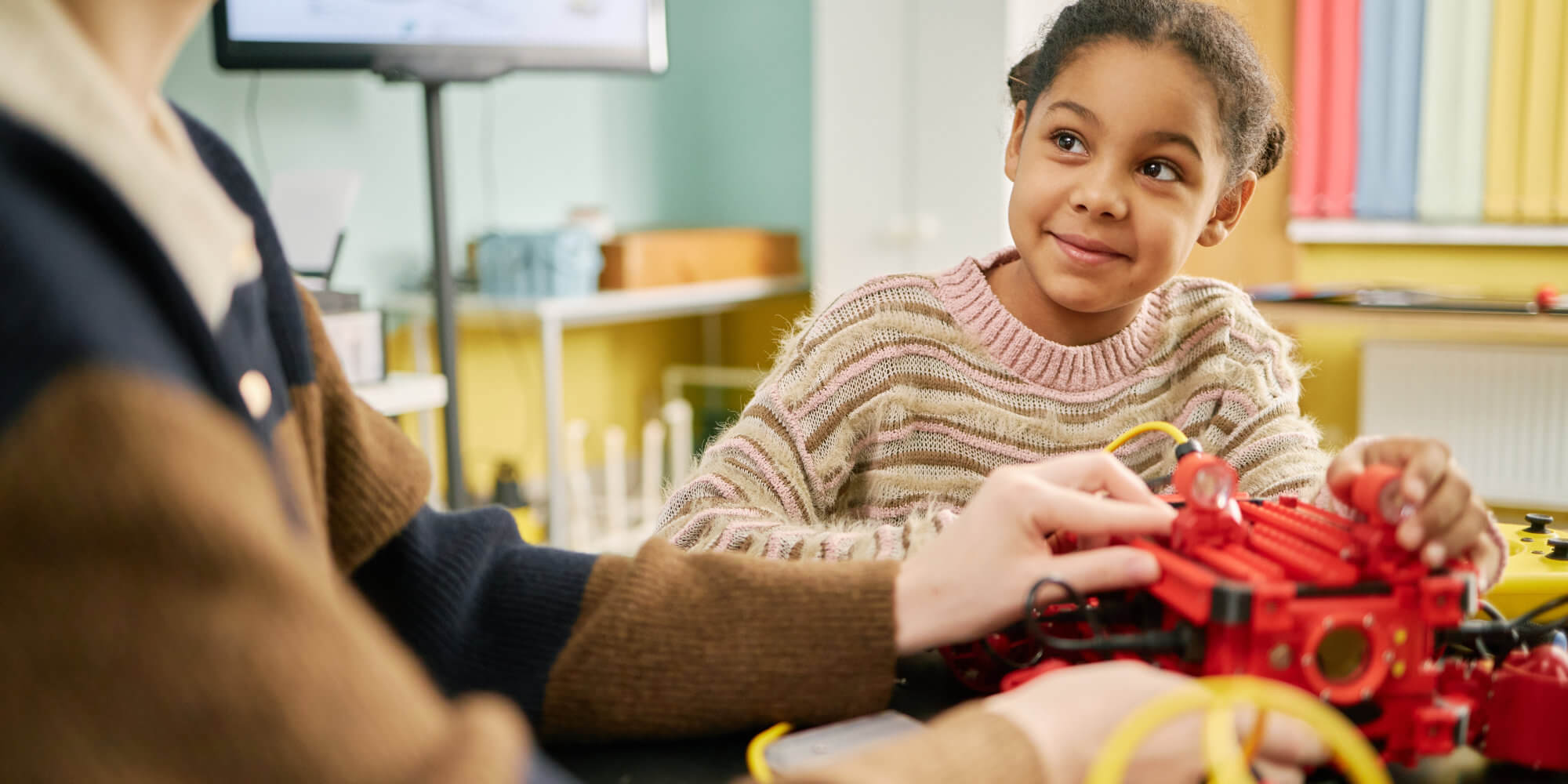
RYAN HAINEY
PRODUCT MANAGER
BIOTECHNOLOGY, GENETICS, AND FORENSICS
Ryan’s heart—specifically his aorta—drew him into science.
As a fourth grader facing heart surgery, he was full of questions for his doctors that would soon develop into general interest in biology.
“I feel like that was my first real moment that made we want to go into science,” he says. “I became fascinated by the human body and the interventions that humans are able to do as part of being a patient myself.”
Today, Ryan serves as Carolina’s product manager for biotechnology, genetics, and forensics.
His extensive educational and professional career began on the West Coast with an associate of science in biology from Santiago Canyon College, followed by studies in cellular molecular biology at Humboldt State University.
After completing his bachelor’s degree in philosophy, Ryan turned to secondary education to create the science classroom he’d longed for as a student.
“I always enjoyed science education, but the main reason I didn’t finish in it is I felt like a lot of it was just memorize and regurgitate,” he says. “Every class I took was a history class. I wasn’t investigating the natural world and contemplating how things work or doing experiments to figure out something that we don’t know yet like I was hoping to.”
He then earned teaching credentials from Chapman University and a master’s in science education from California State University at Northridge—the latter giving him first-hand experience with the then-emerging Next Generation Science Standards (NGSS).
“I was fortunate enough to work with the people that wrote the framework for NGSS,” he says. “I got a master’s from them and was able to work alongside them, creating lesson plans that would address those new standards and to offer professional development.”
During his time at Carolina, one of his stand-out projects has been our lab skills series, a growing collection of free, downloadable materials for teaching essential skills.
“When I first joined 2 years ago, what I heard again and again was that students were struggling with fundamental lab skills like how to pipette and how to test pH,” he explains. “With the disruptions that happened with COVID and the changes in funding, unfortunately a lot of students were left out of doing a lot of hands-on science and have a lot of catching up to do now.”
Watching his own students experience hands-on science and realize their ability to impact their environment has remained a teaching highlight.
Recalling a bacterial transformation that produced a glow-in-the-dark gene expression in jellyfish, he says, “Seeing students go through the challenge of each of those molecular steps and seeing their pay-off when their plates glow in the dark, I think, was an incredible moment for them where it really clicked that what they’re learning does have a real impact in the world.”



